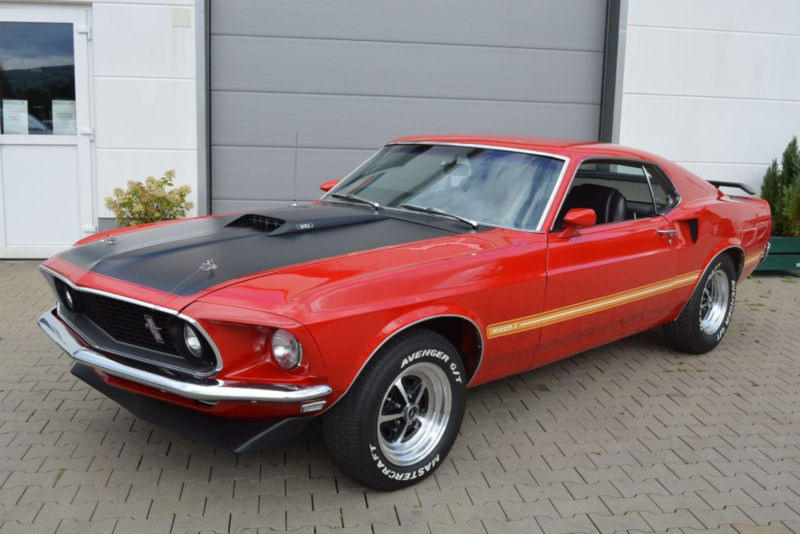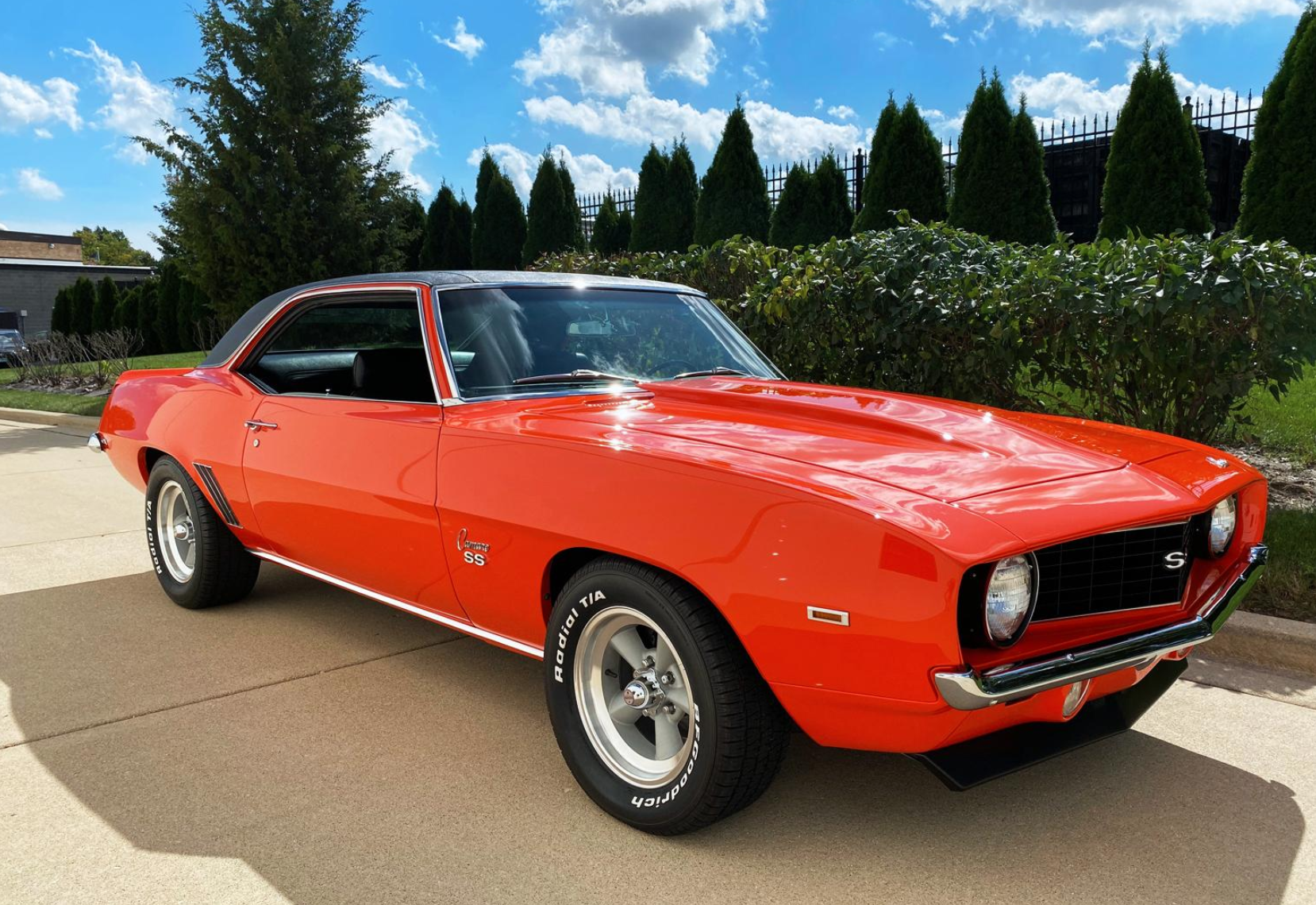The following are the notes from Season 2 Episode 8 of the Who’d a Thunk It Podcast.
- Welcome Who’d a Thunkers! Season 2 Episode 8 of this podcast will be about NASCAR.
- Experience Recommendation Segment!!!
- From now on I will be including a recommendation segment in every podcast where I recommend a TV show, movie, video game, book, or some other form of story/experience.
- This episodes Experience Recommendation is a book titled EDUCATED by Tara Westover. It is an autobiography of Tara’s childhood. She was raised without a Social Security number, birth certificate, and never went to public school. Her family were devout mormons who believed more in preparing for the end times than succeeding in modern society. I didn’t expect to like this book as much as I have.

- A good friend from college requested I do a podcast episode on NASCAR and I viewed it as a challenge. What tasty morsel of interest could I flesh out of a topic I had little to no interest in?
- Well I was surprised to find that the world of NASCAR is chock full of stories that broadened my understanding of American History.
- Intro
- When NASCAR became a sport back in 1948, the attractive idea was that people could watch every day cars like Chevys, Fords, and Plymouths race around at 150 MPH on a track. Instead of seeing these cars obey the speed limit, get stuck in traffic, or pick up groceries, people enjoyed watching them dangerously speed around corners and occasionally crash or flip through the air.
- Now speeds at the Daytona 500 go over 200 MPH all the time.
- Origins
- NASCAR started out on country dirt roads in the south of the United States.
- Junior Johnson, Buck Baker, and Buddy Shoeman were some of the OG racers that started out not on a sanctioned asphalt track, but speeding down dirt roads evading the police.
- These men hauled illegal moon shine across the United States trying to avoid government agents.
- Most of these moon shine haulers were teenagers who saw the illegal smuggling as a thrill as well as an opportunity to make some money.
- But surprisingly, Agent Joe Carter later went on to say how much fun he had chasing these boys in their suped-up cars.
- One of the feats expected of a good moon shine driver was to complete a high speed 180 U-turn on a 16 foot wide back country road.
- There is a movie that added romanticism to this moon shine hauling. It is called Thunder Road and it came out in 1958.
- But the reality of Moon Shining, at least from those who lived it, say it was less of a spectacular thrill and more of a dangerous necessity.
- Back in the 30’s to 50’s, the south east United States was very poverty stricken, especially rural communities. Most families had a moon shine still in the woods behind their house so they could feed the 8 kids they had to care for. These moon shine driver’s took such dangerous risks on the road because them making a successful haul made the difference between their family eating or starving.
- Making the moonshine was a tough gig for these southern country folks so getting it to market without being confiscated was of the utmost importance.
- They hired moonshiners with inconspicuous cars that went fast.
- The drivers would strip out the interior of their ’39 Ford cars as so to fit as much moon shine as possible without it being visible from the windows. Hauls ranged from 100 to 180 gallons of White Lightning sealed in big clear mason jars.
- It was common for drivers to invest upwards of $1,000 in their suspension just so their cars could bare the load.
- But what they really put their money in to was the engine under the hood. Their runner cars needed to be able to haul the extra weight and still be able to out run the Government agents.
- Known as the Revenuers, these government agents were stuck with economically efficient cars. The agents didn’t stand a chance as their government issued cars had a top speed of about 80MPH and were being dusted by moon shine drivers going 150MPH. Their only hope was to confiscate a bootlegger’s car to fight fire with fire.
- So there was an economic situation down south that lead impoverished people to crime to get by… that is nothing new to society by the way. But then this underground society started enhancing automobiles past the point of officials out of necessity. So what do you think happened next to make this culture of crime jump to an official sport?
- Well these testosterone filled young guys with their suped up cars started having metaphorical pissing contests among themselves to see who’s car was fastest. Rumors on which bootleggers car was the fastest started circulating right away so it wasn’t long until they started holding competitions.
- On the weekends, when they weren’t running moon shine, the bootleggers would race each other to see who was fastest.
- Usually on a Sunday, when the moon shiners were taking a religious break from working on their moon shine stills, the bootleggers picked a field in the middle of nowhere, cut a dirt track, and placed bets on who had the fastest car. No grandstands, no checkered flags… just a couple of hillbillies settling disputes over who had built the fastest machine.
- THAT is what I find fascinating. THOSE are the races I would have LOVED to attend.
- Just a dirt track, cheap or no stands, and knowing the guys driving the cars were the ones who built them.

- Well those bootleggers seem to be having a grand ol’ time in that field and the farm boys and factory hands started to take notice. You see, they too had a knack for improving automobiles too and they wanted a piece of the action.
- Pretty soon the tracks were surrounded by crowds looking for something fun to do after church on Sundays.
- It didn’t take long until Dirt Track Stock Car racing had become an American Pass time. The crowds roared every time a driver would play dirty by knocking another car out of the track or up against the wall.
- The sport was ruthless at times with drivers riding with revolvers strapped to their dashboards. The racers themselves were typically regarded as roughnecks. It took a long time before stock car racing could any kind of media attention.
- One thing that helped was Louise Smith, also known as the First Lady of Racing, Louise joined stock car racing when it was at its most ruthless. She did more than just held her own, despite animosity from every male racer, Louise won 38 races in her career.
- Louise was the victim of more deliberate wrecks than her male opponents, but She left the sport with the reputation of being tough as nails.
- The Big Three of Detroit (that being General Motors, Ford, and Chrysler) started to recognize the marketing value of having one of their cars win in NASCAR races.
- Especially in the south, if a car won on Sunday, the sales for that brand of automobile would skyrocket on Monday.
- The result this sales trend had on the American automobile industry is still seen today.
- Car manufacturers started cranking out what came to known as American Muscle Cars like the Ford Mustang, the Chevy Camaro, and the Plymouth Barracuda. These macho names became a trademark for muscle cars.



- Now I’m not a very big car guy, but these muscle cars are the coolest kind of car you can buy, and I had no idea their design was heavily influenced by NASCAR.
- And I was born in the early 90’s but back in the 50’s, 60’s and 70’s when these titans of the road were being made, the car manufacturers were targeting younger American men. Their only question when they went to pick them up from the dealership: “how fast does it go?”
- These beautiful muscle cars were sold so that wannabe racers could request custom parts to fulfill their exact racing desires, AND the cars were usually being sold under warranty… That meant these young guys were treating brand new muscle cars like race cars (effectively destroying the car) then taking them back to have the parts replaced…
- The American Muscle car was wildly popular in the 60’s, 70’s and 80’s until insurance rates and emissions rates turned them in to relics of the past. I love to see the glint of joy in my dad’s eye when he talks about his high school days of driving up and down his town’s main drag for no other reason than to drive his car again. And how he describes dozens of his classmates in their own cool muscle cars doing the same thing.
- To me, NASCAR has always seemed kind of lame. Where other sports test the physical capabilities of the participants, I always imagined NASCAR racers as weak and slow.
- My reasoning: “I mean, they only have to drive cars right? How hard could it be?” But That isn’t the reality of this sport.
- It is full of amazing stories from the past and I realized the immense determination, technical skill, and grit these drivers possess in order for them to compete.
- I think I will have to do more episodes on NASCAR in the future. I read about so many stories of racers getting 2nd degree burns, broken wrists, and other painful injuries, just to power through the pain and finish their race.
- I’ve included some visual aids and a YouTube clip of a mini NASCAR story on the accompanying blog post. I’ll include the link to that in the description. Thanks for listening Who’d a Thunkers! Until next time.
If you are like me and prefer to listen instead of read, then you are in luck. Everything above is read aloud by me for the Who’d a Thunk it? Podcast. By now the Who’d a Thunk It has reached people in 38 countries. It is hosted by Anchor.fm but you can also find Who’d a Thunk It on:
- Spotify –
- Google Podcasts –
- Apple Podcasts
- And pretty much anywhere else you get your podcasts!
If you would like to contact me, feel free to comment on this blog post, or email me at WhodaThunkItPodcast@gmail.com

